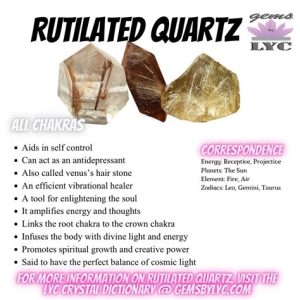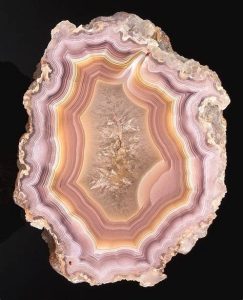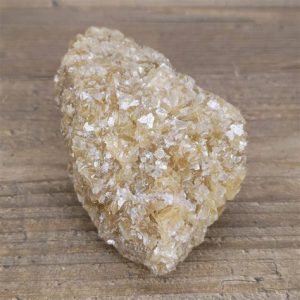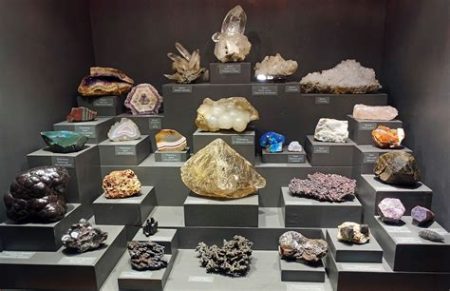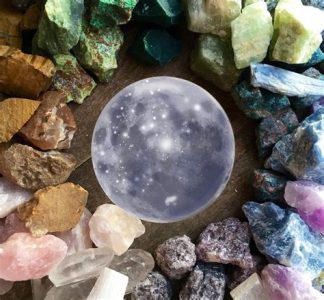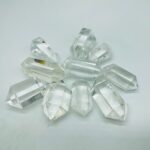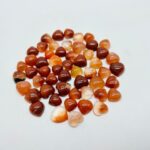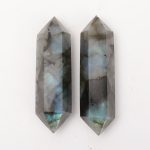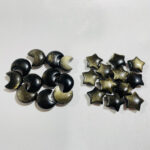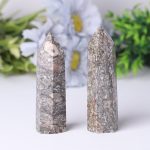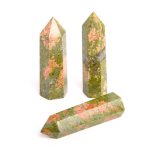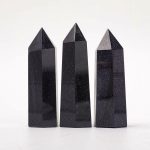Azure Beauties: Minerals That Captivate with Their Blue Hue
The mineral kingdom holds a treasure trove of wonders, and among them shine minerals adorned with an alluring blue hue. These enigmatic gems have captivated human imaginations for centuries, inspiring awe and wonder with their ethereal beauty. From azure skies to cerulean seas, the blue spectrum in minerals reflects a diverse range of compositions and properties.

In this comprehensive guide, we embark on an expedition into the world of blue minerals, delving into their fascinating characteristics, origins, and the myriad applications they offer.
Composition and Formation: Unlocking the Secrets of Blue Minerals
The blue coloration of minerals primarily stems from the presence of transition metal ions, such as copper, iron, and cobalt. These ions absorb specific wavelengths of light, leading to the reflection of blue hues. The precise shade and intensity of blue vary depending on the ion’s concentration, the crystal structure, and the presence of impurities.
Blue minerals often form in hydrothermal or metamorphic environments, where high temperatures and pressures facilitate the formation of complex mineral structures. These environments can be found in areas of volcanic activity, near tectonic plate boundaries, or deep within the Earth’s crust.
Types of Blue Minerals: A Diverse Array of Gems and Stones
The mineral kingdom boasts a wide range of blue minerals, each possessing unique characteristics and formations. Some of the most notable include:
- Azurite: A deep blue mineral composed of copper carbonate, azurite is often found in association with malachite.
- Lapis Lazuli: A rich, deep blue stone prized for its use in jewelry and decorative arts, lapis lazuli is composed of lazurite, calcite, and pyrite.
- Turquoise: A vivid blue to greenish-blue mineral composed of hydrated copper aluminum phosphate, turquoise is formed in arid environments.
- Sapphire: A precious gemstone composed of corundum (aluminum oxide), sapphire owes its blue color to the presence of trace amounts of iron or titanium.
- Kyanite: A blue to greenish-blue mineral composed of aluminum silicate, kyanite is commonly found in metamorphic rocks.
Applications of Blue Minerals: From Jewelry to Technology
The captivating blue hues and unique properties of blue minerals have led to a wide range of applications, both ancient and modern.
Jewelry and Decorative Arts
Blue minerals have adorned personal adornments and decorative objects throughout history. Azurite and lapis lazuli were highly valued by ancient Egyptians, while turquoise and sapphire remain popular gemstones today.
Pigments and Paints
Ground blue minerals, such as azurite and lapis lazuli, were used as pigments in ancient paints and inks. The vibrant blue hues added richness and depth to frescoes, manuscripts, and decorative objects.
Industrial Applications
Cobalt-bearing minerals, such as cobaltite and smaltite, are essential in the production of blue pigments, ceramics, and glass. Their ability to withstand high temperatures and resist fading makes them valuable in industrial applications.
Technological Advancements
The unique properties of blue minerals are also being explored in the development of new technologies. For example, sapphire is used as a substrate for semiconductor devices, taking advantage of its excellent thermal conductivity and electrical insulation properties.
Table 1: Properties of Common Blue Minerals
| Mineral | Composition | Color | Hardness (Mohs scale) |
|---|---|---|---|
| Azurite | Copper carbonate | Deep blue | 3.5-4 |
| Lapis Lazuli | Lazurite, calcite, pyrite | Deep blue | 5-6 |
| Turquoise | Hydrated copper aluminum phosphate | Vivid blue to greenish-blue | 5-6 |
| Sapphire | Corundum | Blue, blue-green | 9 |
| Kyanite | Aluminum silicate | Blue to greenish-blue | 4-4.5 |
Table 2: Historical and Cultural Significance of Blue Minerals
| Mineral | Historical and Cultural Significance |
|---|---|
| Azurite | Used as a pigment in ancient Egyptian art and cosmetics |
| Lapis Lazuli | Prized for its use in jewelry and ornamental carvings in ancient Mesopotamia and Egypt |
| Turquoise | A sacred stone in many Native American cultures, believed to bring good luck and protect against evil |
| Sapphire | Symbolized wisdom and royalty in ancient Greece and Rome |
| Kyanite | Named after the Greek word “kyanos,” meaning “deep blue” |
Table 3: Industrial Applications of Blue Minerals
| Mineral | Industrial Application |
|---|---|
| Azurite | Pigment in paints and inks |
| Lapis Lazuli | Pigment in ceramics and glass |
| Cobalt-bearing minerals | Production of blue pigments, ceramics, and glass |
| Sapphire | Substrate for semiconductor devices |
Table 4: Emerging Applications of Blue Minerals in Technology
| Mineral | Emerging Application |
|---|---|
| Sapphire | Optical windows in lasers and medical devices |
| Kyanite | Piezoelectric materials for sensors and actuators |
| Blue halides | Photodetectors and solar cells |
Inspiration for Blue Mineral Applications: A New Perspective
The blue hues and captivating properties of blue minerals offer a wealth of inspiration for creative applications across various fields. Embracing a mindset of “blue innovation,” researchers and designers can explore novel uses that harness the unique attributes of these minerals.
For instance, the exceptional optical properties of sapphire could inspire the development of advanced lenses for telescopes, enabling astronomers to probe deeper into the cosmos. Additionally, the piezoelectric properties of kyanite could lead to the creation of miniaturized sensors with unprecedented sensitivity.

